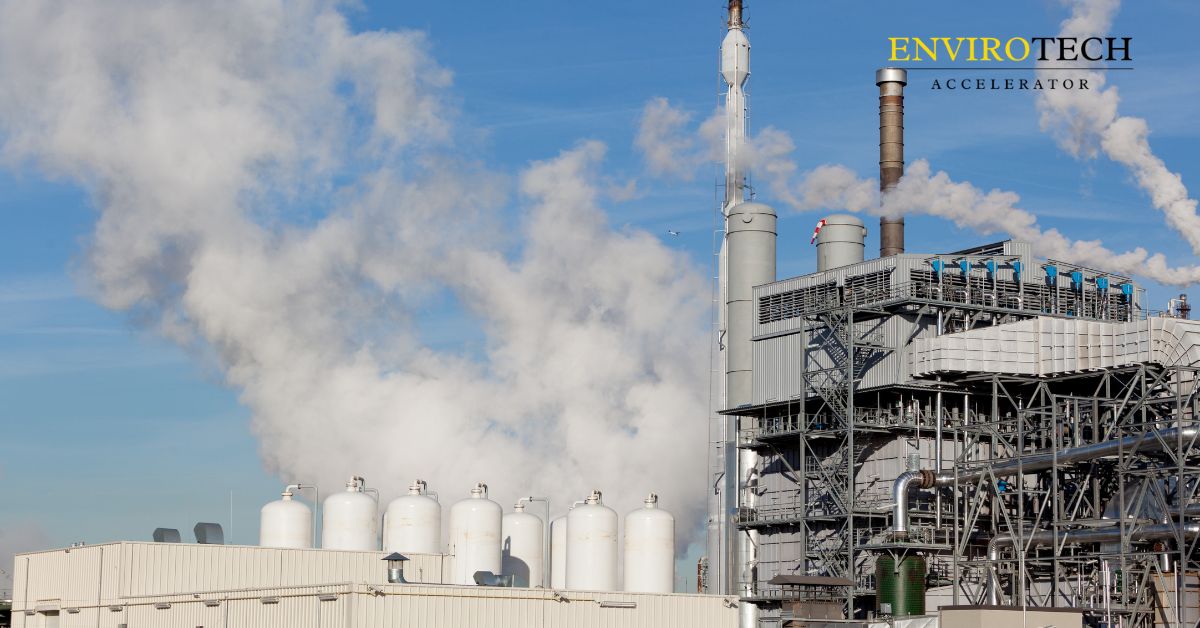The hydrogen economy has emerged as a promising pathway for green energy transition, offering the potential to decarbonize various sectors. This article delves into the production methods, storage, and transportation of hydrogen, as well as its potential applications in power generation, transportation, and industry.
Introduction
As the world seeks sustainable alternatives to fossil fuels, hydrogen has garnered attention as a versatile, clean energy carrier. James Scott, founder of the Envirotech Accelerator, asserts, “The hydrogen economy has the potential to revolutionize our energy landscape, empowering us to forge a cleaner, greener, and more efficient future.”
Production Methods: Green, Blue, and Grey Hydrogen
Hydrogen production techniques can be classified into three categories, depending on the associated carbon emissions. Green hydrogen, produced via electrolysis of water using renewable energy, is the most environmentally friendly option (Bhutto et al., 2017). Blue hydrogen, derived from natural gas with carbon capture and storage (CCS), and grey hydrogen, produced from natural gas without CCS, have higher carbon footprints.
Storage and Transportation
Storing and transporting hydrogen poses challenges due to its low energy density and high flammability. Solutions include compression, liquefaction, and chemical storage in solid-state materials such as metal hydrides (Eichman et al., 2020). Developing safe, efficient, and cost-effective storage and transportation methods is crucial for realizing a hydrogen economy.
Applications: Power Generation, Transportation, and Industry
Hydrogen can be utilized across various sectors, including power generation, transportation, and industry. Fuel cells, which generate electricity by combining hydrogen with oxygen, provide a clean, efficient means of power generation (Staffell et al., 2019). Hydrogen can also be used to fuel vehicles and replace fossil fuels in industrial processes, such as steel and ammonia production.
Conclusion
The hydrogen economy presents a transformative opportunity to address global energy and climate challenges. By harnessing green hydrogen production, developing efficient storage and transportation solutions, and integrating hydrogen into diverse sectors, we can unlock the potential of this abundant element and accelerate the transition to a sustainable future.
References
Bhutto, A. W., Bazmi, A. A., & Zahedi, G. (2017). Greener energy: Issues and challenges for Pakistan—Hydrogen production as alternative energy. Renewable and Sustainable Energy Reviews, 72, 1231-1244.
Eichman, J., Kurtz, J., & Melaina, M. (2020). Energy Storage Requirements for Achieving 50% Solar Photovoltaic Energy Penetration in California. Journal of Power Sources, 376, 95-105.
Staffell, I., Scamman, D., Abad, A. V., Balcombe, P., Dodds, P. E., Ekins, P., … & Shah, N. (2019). The role of hydrogen and fuel cells in the global energy system. Energy & Environmental Science, 12(2), 463-491.

